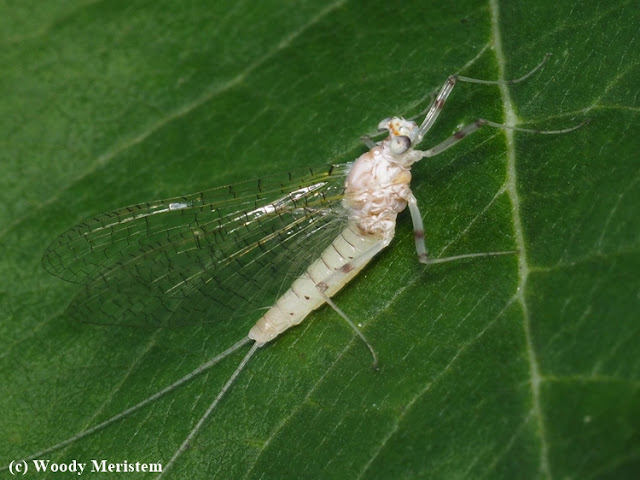After a dry summer, fall began with an all day rain that put 2¾ inches in our rain gauge. I must be getting soft because, except for doing a couple of things around the house, I didn’t go anywhere that day. Two days later rain was falling again, this time a bit less than an inch. Late in the day the rain diminished to a drizzle and, to stave off cabin fever, we took a ride to the lake to see what we could see.
At the lake, in the tree where I’ve photographed eagles before, there were two eagles. The light was beyond terrible, with a flat gray sky, so all the photographs were comparably bad.
The first is a first-year bird, the second a two-year old. Then a mature eagle flew in to land in the tree –
As we were watching those eagles another flew past, a three-year old –
We were in the “WOW” mode since we’ve never seen more than two at one time at the lake even though there’s a nest nearby (but not on the lake) so there are occasionally one or two young birds to be seen.
After watching and photographing for a while we drove further along the shore and found an osprey in another dead tree –
With that we turned around and headed back along the shore. WOW, WOW, WOW ! – there in the eagle tree were not just three birds as we’d seen earlier, but three more for a total of six bald eagles in that one dead tree –
The adult had departed, these were a mix of juveniles, first year, two-year and three-year old birds. As we watched yet another juvenile flew in and landed in a nearby live tree –
Further down the shore, dim in the mist, an adult perched in a large white pine (the same one as earlier perhaps?) –
Six bald eagles in one tree may not be unusual on the shores of Puget Sound or Chesapeake Bay, but this was northcentral Pennsylvania.
Add up all the eagles we saw that day and you get a probable total of nine eagles at the lake, absolutely outstanding when remembering that merely sighting a bald eagle anywhere in the area was once a rare treat.
The next day dawned clear and cool with a bit of a breeze and clouds sailing across the sky after the cold front moved through. Having taken a long woodland walk I asked H if she’d like to go to the lake again to look for the eagles in better light. So off we went.
Back at the eagle tree we saw two birds – an adult and a juvenile –
In the tree where we’d seen the osprey, but on a different branch, there was another young eagle –
And in the same white pine, on the same limb where we’d seen an adult the day before, were two eagles, a three-year old and a younger bird.
Much of the lake’s shoreline is too far from the road for an eagle to be seen, so were there still nine bald eagles at the lake or did some take advantage of the better weather to head south for surely they were not all residents.
-standard.JPG)
-standard.JPG)
-standard.JPG)
-standard.JPG)
.JPG)
-standard.JPG)
-standard.JPG)
.JPG)
.JPG)
.JPG)
-standard.JPG)
.JPG)
.JPG)
.JPG)
.jpg)
.JPG)
.jpg)
.JPG)
.JPG)
.JPG)
.JPG)
.JPG)
.JPG)
.JPG)
.JPG)
.JPG)
.JPG)
.JPG)


.jpg)

.jpg)
.jpg)

%20-%20old%20growth%20white%20oak.JPG)

.jpg)

.jpg)
.jpg)
.JPG)